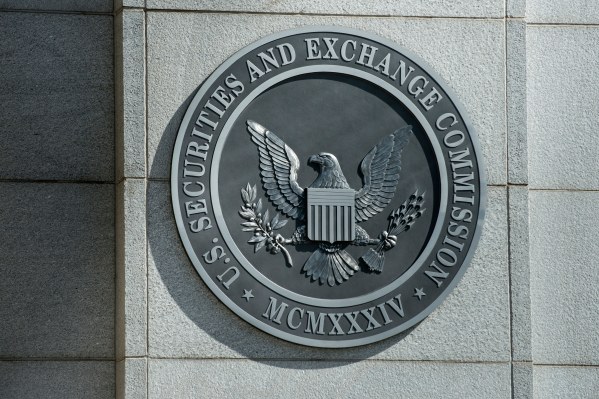Digital World Acquisition Corp. (DWAC) announced in a recent filing that it has received questions from the United States government regarding its anticipated combination with Trump Media & Technology Group (TMTG). TechCrunch covered the SPAC’s planned combination with the company associated with former U.S. President Donald Trump here.
We were broadly skeptical of the deal, product goals and general vibe. Since then, a few things have happened:
- In late October, The New York Times reported that Trump was in conversation with DWAC CEO Patrick Orlando before the SPAC was put together. “In doing so, Mr. Orlando’s SPAC may have skirted securities laws and stock exchange rules, lawyers said,” per the Times.
- The DWAC and TMTG picked up “subscription agreements for $1 billion in committed capital to be received upon consummation of their business combination” on December 4, per a release.
It’s not surprising, given the two news items, that the Financial Industry Regulatory Authority, or FINRA, and the U.S. Securities and Exchange Commission (SEC), are asking questions.
According to the new DWAC filing (emphasis added):
DWAC has received certain preliminary, fact-finding inquiries from regulatory authorities, with which it is cooperating. Specifically, in late October and in early November 2021, DWAC received a request for information from FINRA, surrounding events (specifically, a review of trading) that preceded the public announcement of the October 20, 2021 Merger Agreement. According to FINRA’s request, the inquiry should not be construed as an indication that FINRA has determined that any violations of Nasdaq rules or federal securities laws have occurred, nor as a reflection upon the merits of the securities involved or upon any person who effected transactions in such securities. Additionally, in early November 2021, DWAC received a voluntary information and document request from the SEC which sought, inter alia, documents relating to meetings of DWAC’s Board of Directors, policies and procedures relating to trading, the identification of banking, telephone, and email addresses, the identities of certain investors, and certain documents and communications between DWAC and TMTG. According to the SEC’s request, the investigation does not mean that the SEC has concluded that anyone violated the law or that the SEC has a negative opinion of DWAC or any person, event, or security.
The company stresses, as you read, that it has not been accused of wrongdoing. Yet. But that’s a lot of scrutiny for a deal that was hard to parse, which has our heads tilting to one side at a rather sharp angle.
The TMTG/DWAC investor presentation was thin on details. And it quickly became apparent that some of the code being used to build TMTG product TRUTH Social was not properly sourced. It’s all a bit whiffy, frankly.
Why the SPAC would merge with what appeared to be more of a collection of ideas than a company was a question. How the valuation thereof was decided was also a mystery. As was the list of investors putting the $1 billion infusion together for the deal.
The entire affair is not a good look for SPACs, which already earn a goodish bit of side-eye given their somewhat befuddling mechanism that allows a pre-product company to go public via a less mature structure than is generally permitted. This is the sort of deal that gave SPACs — blank-check companies — the name that they had until recently, when they got a rebrand of sorts for a short window of time in the eyes of investors.
More to come on this one.
